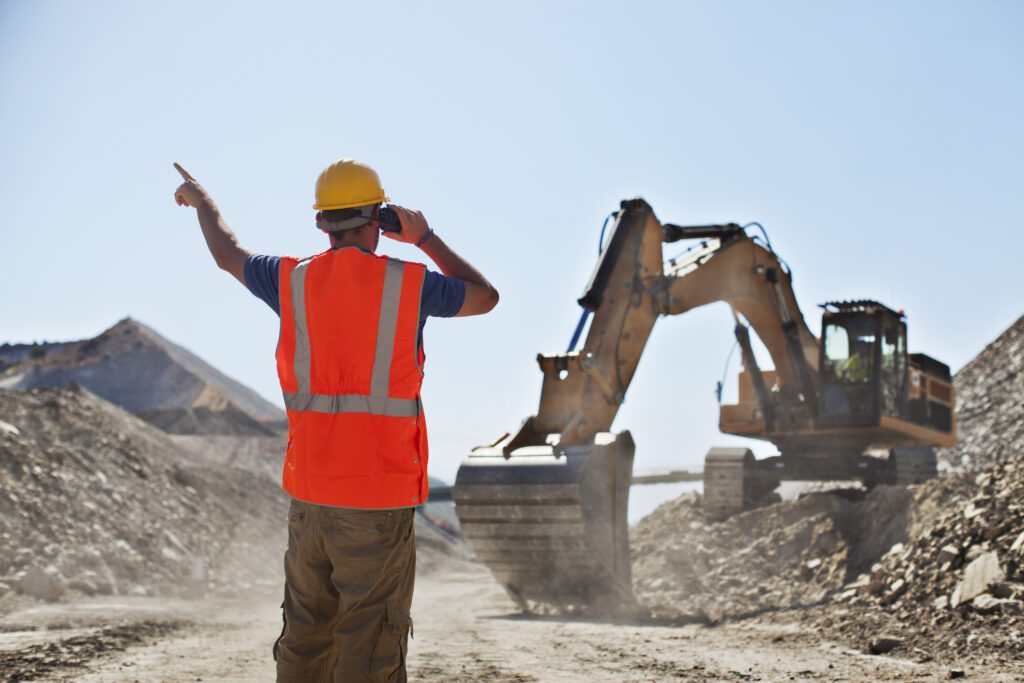Despite numerous industrial revolutions, mining activities still rank as top risky occupations. Discover how to make the most out of digitalization and technology in order to improve safety in mines and boost productivity.
Mining: a historically regulated but still risky activity
“Despite considerable efforts in many countries, the rates of death, injury and disease among the world’s mine workers remains high, and mining remains the most hazardous occupation when the number of people exposed to risk is taken into account”, states the Mining homepage from the International Labour Organization website.
Organizations and companies from all over the world have made countless efforts to reduce miner’s accidents. Nevertheless, mining remains as one of the most frequently cited industries when it comes to occupational accidents. The International Labour Organization is in charge of setting standards and policies to ensure “decent work for all women and men”. Regarding mining, they have set some steps across the years that companies should take into account when defining guidelines to achieve safe workplaces. These guidelines guidelines include, in order of priority:
- Eliminating the risk.
- Controlling the risk at source.
- Minimizing the risk.
- Using personal protective equipment.
For the first three steps, there are plenty of manuals and instructions on how to act and react when an accident occurs. These include evacuation plans, best practices and machine standards, procedures that are evaluated and improved each year. The fourth step, personal protective equipment, includes the regulations and mandatory use of hard hats, safety glasses, respiratory and hearing protection, reflecting clothing and hand and foot protection.
But what is not taken into account, still, is how technology could improve these steps, and the possibility of including digital PPEs, that not only comply with the fourth rule, but have the potential of eliminating, controlling and minimizing the risk, therefore impacting on the entire safety guideline.
Digital PPEs can improve the four safety steps
Digital PPEs are usually powerful and light wearables, often connected to an online platform. Depending on the technology they include, they can provide different possibilities regarding safety and operational efficiency. For instance, they can include anti panic buttons for rapid and expert assistance, reducing response time and thus minimizing the impact. They have the possibility of identifying, for instance:
- Work at height.
- Strong blows or falls.
- Automatic and real-time control of work permissions and licenses.
- Delimitation of restricted areas.
- Speed limits.
- Dangerous situations, for example, proximity of machines or vehicles.
- Evacuation processes.
These impacts the whole safety chain, as not only the digital PPE becomes part of the mandatory equipment for miners, but they offer extensive ways to eliminate and manage risks.
Digital PPEs may also capture valuable information in real time. Softwares and platform integrations allow the gathering and analysis of critical information in real and historical time. You can decide your rules, set up your configuration and design champions for each rule. An alarm will be triggered and delivered to its designated responsible when the event occurs.
The possibilities are huge. From miners working in confined spaces being contacted in the event of an emergency, be it a personal accident or a large-scale evacuation, to ensuring social distancing and contact tracing in last year’s context. Miners don’t count with cell phones as they are considered dangerous in productive areas. How can we reach them and find them in case of a strong blow or fall? With digital PPE’s, time response is reduced, as it counts not only with an anti panic button, but also with real time location for safety purposes.
Digitalization brings safety and economic return.
Last but not least, mining and other types of industrial activities don’t count with operational and safety data and figures today. By digitizing your teams and operations, you can get critical information that it’s vital for proactive improvement of production and safety processes. According to a report made in 2020 by the World Economic Forum, digitalization and “connected” workers bring many improvements and benefits to the industry, even more than smart sensors, autonomous operations and integrated platforms.
Finally, the report states that projections of value at stake for an average mining company “showed a substantial increase in 2025 EBITDA of a digital first mover versus a digital laggard”.

